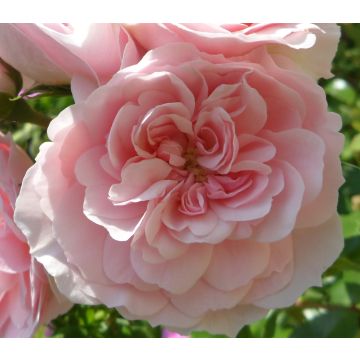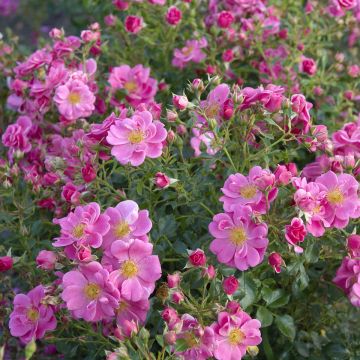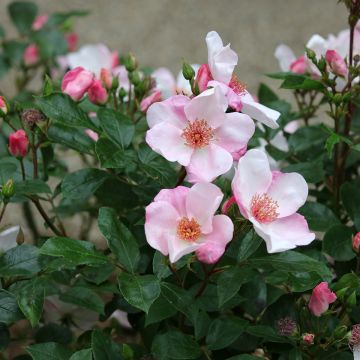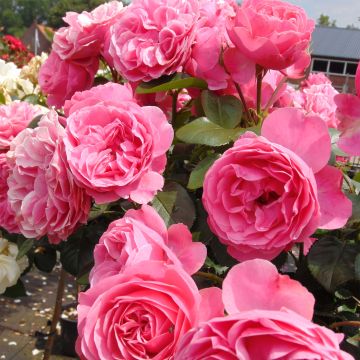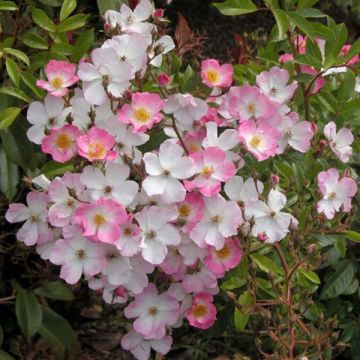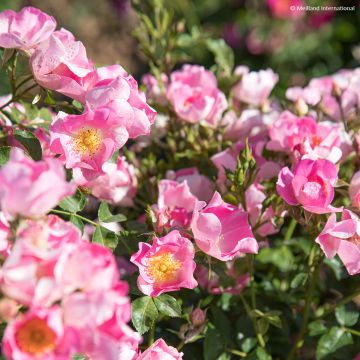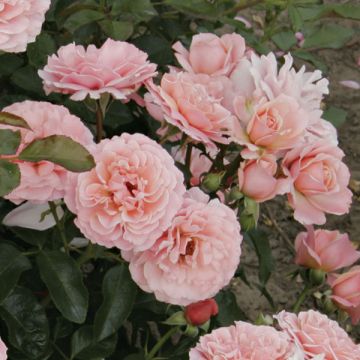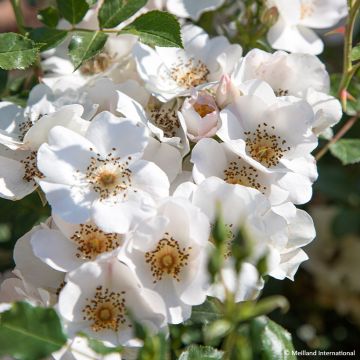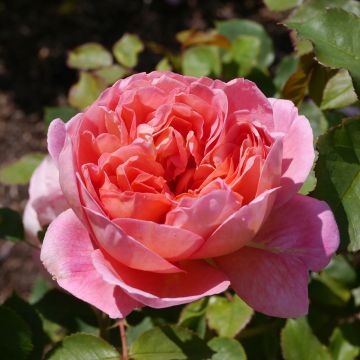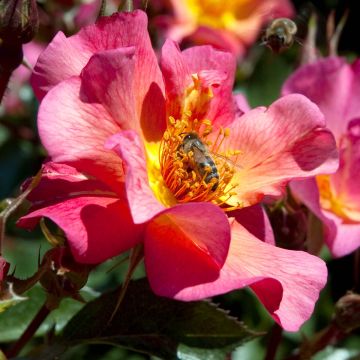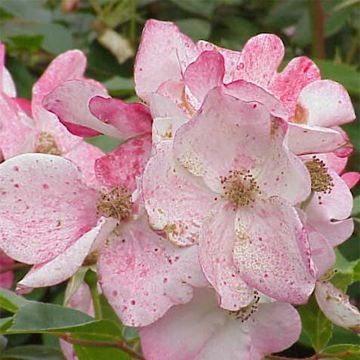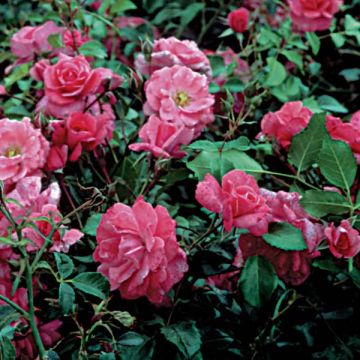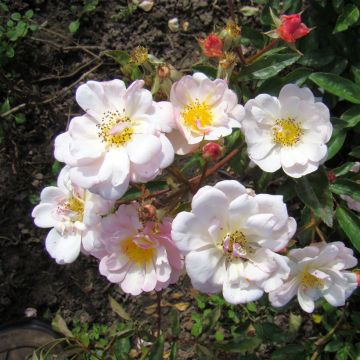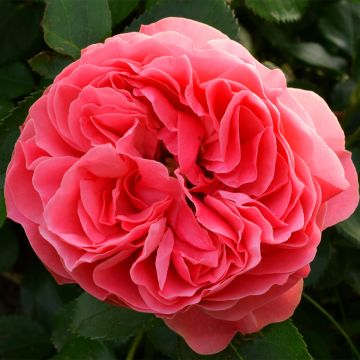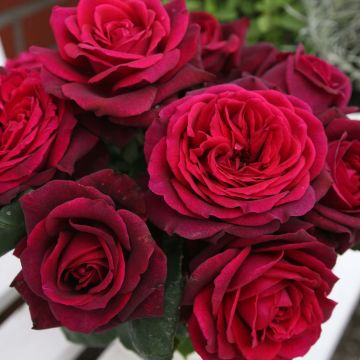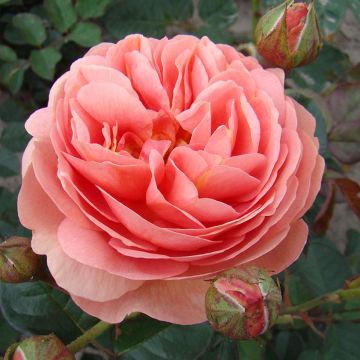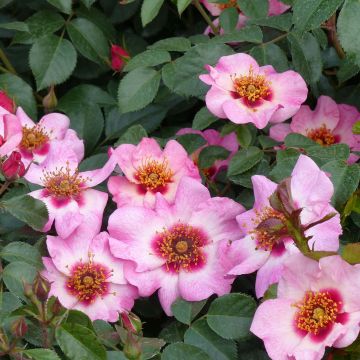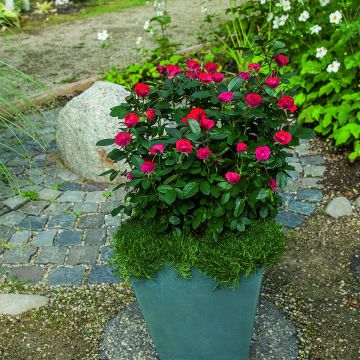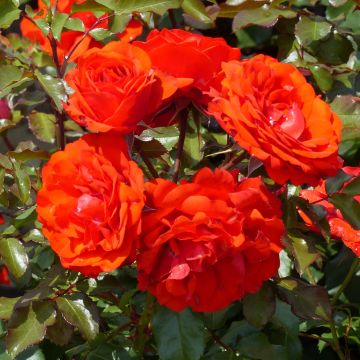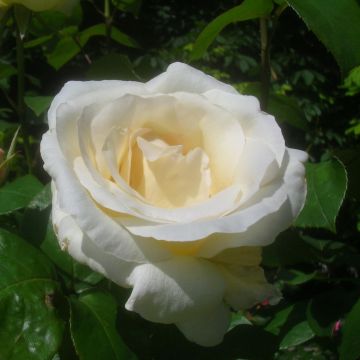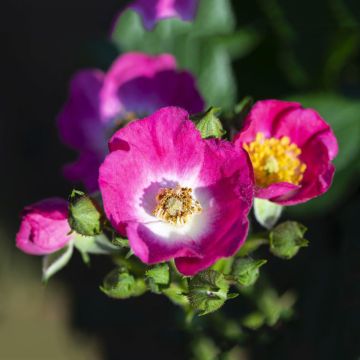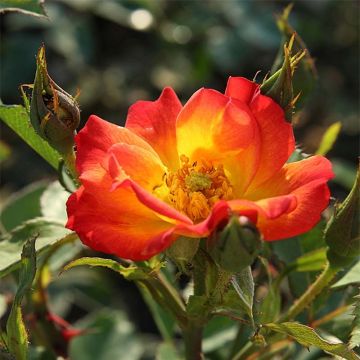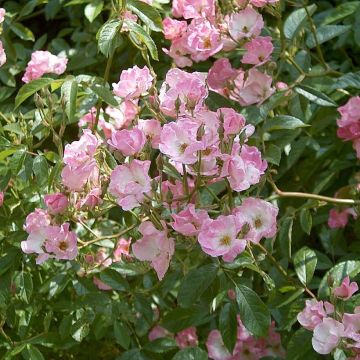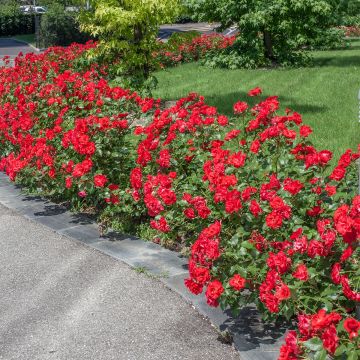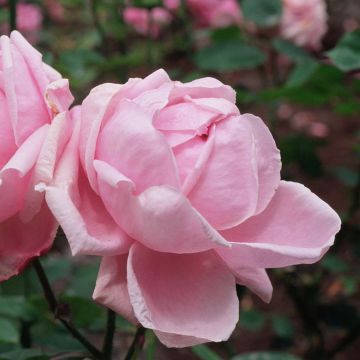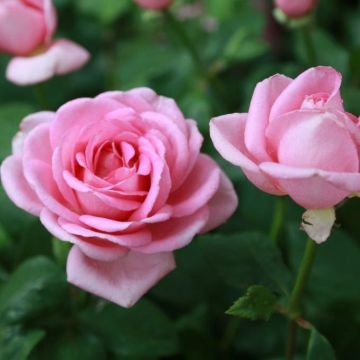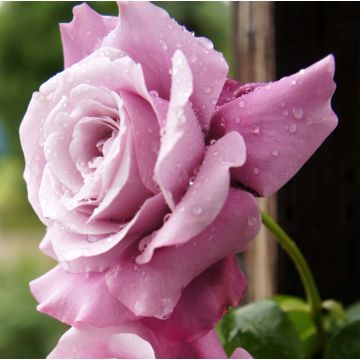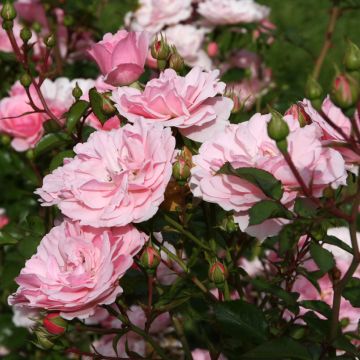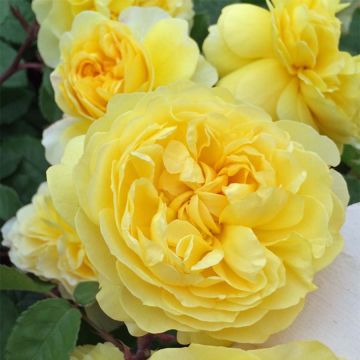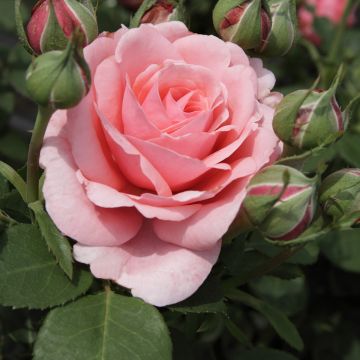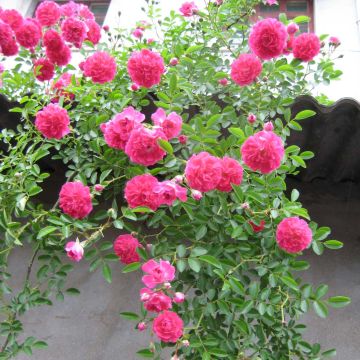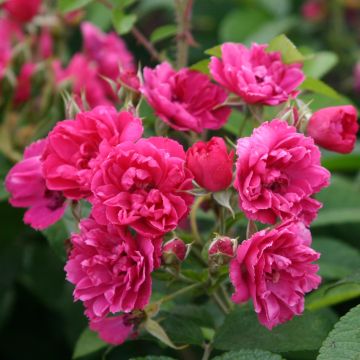Shipping country and language
Your country of residence may be:
Your country of residence is:
For a better user experience on our website, you can select:
Your shipping country:
Andorra
Austria
Belgium
Bulgaria
Canada
Chile
Croatia
Cyprus
Czechia
Denmark
Estonia
Finland
France
Germany
Greece
Hungary
Iceland
Ireland
Italy
Latvia
Lithuania
Luxembourg
Malta
Monaco
Netherlands
Poland
Portugal
Romania
Slovakia
Slovenia
Spain
Sweden
Switzerland
United Kingdom
We only deliver seed and bulb products to your country. If you add other products to your basket, they cannot be shipped.
Language:
French
German
Spanish
English
My Account
Hello
My wish lists
Plantfit
Log in / Register
Existing customer?
New customer?
Create an account to track your orders, access our customer service and, if you wish, make the most of our upcoming offers.
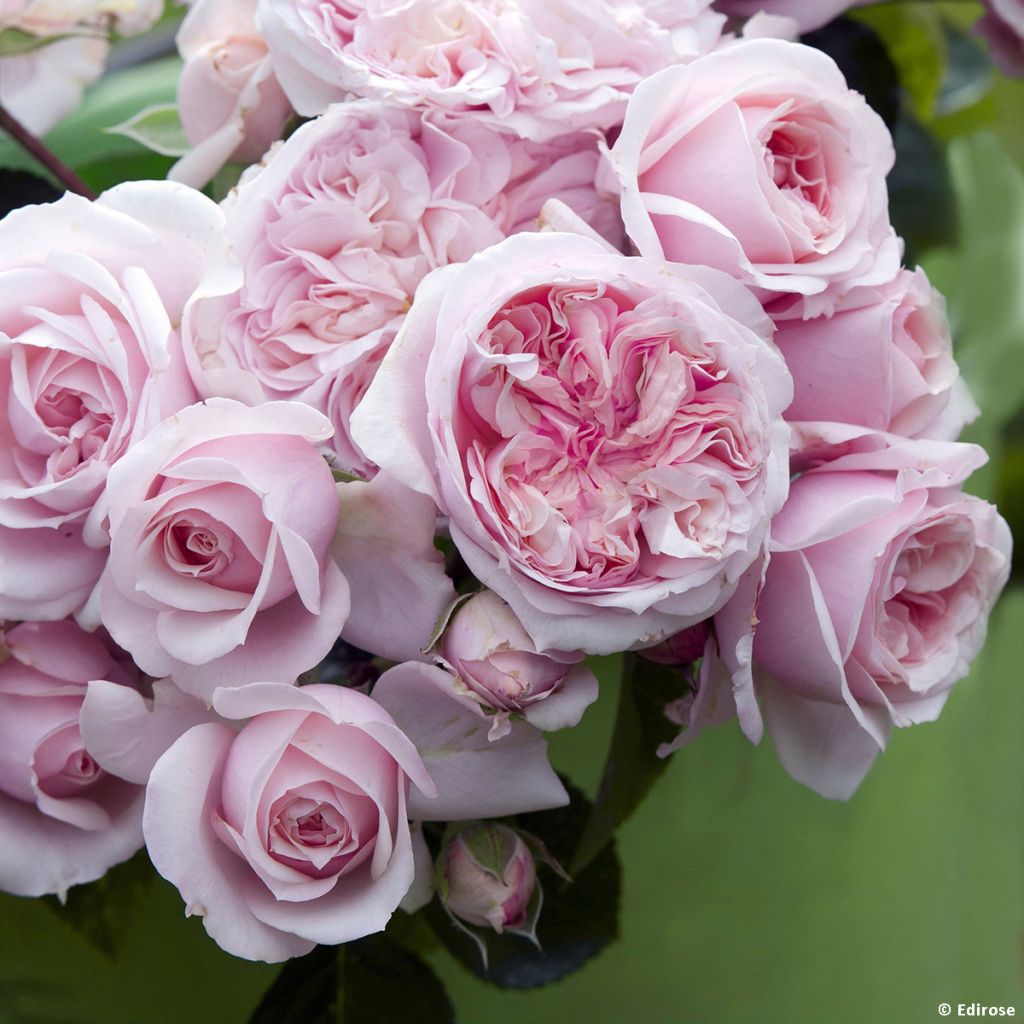

Rosier à grandes fleurs Château Barbeyrolles
Rosa Château Barbeyrolles Lapbar
Rosa Château Barbeyrolles ® 'Lapbar'
Hybrid Tea Rose.
Thanks to the individuals (for order preparation and shipping), the bare-root rose received appears to be healthy. Planted near the 'Catherine Meurisse' variety, I am now patiently waiting for it to take root... (or not?).
Thierry, 20/11/2023
Why not try an alternative variety in stock?
View all →Order in the next for dispatch today!
Dispatch by letter from €3.90.
Delivery charge from €5.90 Oversize package delivery charge from €6.90.
More information
This item is not available in your country.
Schedule delivery date,
and select date in basket
This plant carries a 24 months recovery warranty
More information
We guarantee the quality of our plants for a full growing cycle, and will replace at our expense any plant that fails to recover under normal climatic and planting conditions.
From €5.90 for pickup delivery and €6.90 for home delivery
Express home delivery from €8.90.
From €5.90 for pickup delivery and €6.90 for home delivery
Express home delivery from €8.90.
Does this plant fit my garden?
Set up your Plantfit profile →
Description
The 'Château Barbeyrolles' Rose bush will delight enthusiasts of large, sophisticated roses. This Hybrid Tea produces superb, very double flowers with multiple petals, inserted in quarters at the heart, itself set in a cup of peripheral petals. The romantic aspect of these roses is absolutely irresistible, and further magnified by their colour, a pink that is second to none of the most beautiful antique porcelain. The duration of flowering, which extends from May until the first frosts, forgives their rather discreet fragrance. An easy-to-grow rose bush, resistant to diseases and cold, to be adopted without hesitation.
'Château Barbeyrolles' is a modern hybrid tea created by Laperrière, a long-established rose breeder (1864) in the Lyon region, to whom we owe many varieties. The genus Rosa, which gave its name to the Rosaceae family, counts a good hundred species, which is nothing exceptional in the plant kingdom. On the other hand, the number of varieties, estimated by some to be 40,000, testifies to the fascination that this genus has exerted on hybridizers since time immemorial. The hybrid teas, a group created from remontant hybrids and tea roses as early as 1825, continue to be enriched with new varieties every year.
Château Barbeyrolles is the name of a wine estate in Var, located in Gassin, on the Saint-Tropez peninsula. The rose dedicated to it was awarded in 2015 at the international competition for new roses in Lyon, where it received the distinction of "Rose Prestige" for its many qualities. Quality of vegetation and flowers, disease resistance, and abundant flowering are all criteria taken into account for the awarding of this prize. This large-flowered rose forms a bush of about 90cm (35in) to 1m (3ft) in height, with a width of about sixty cm, and is adorned with beautiful, glossy green foliage, very healthy. Indeed, it is highly resistant to the typical diseases of roses, such as powdery mildew (the "white" that coats the leaves and flower buds), black spot disease with an explicit name, or rust. This beautiful foliage forms a setting for the particularly recurrent flowering, as the first roses appear in May and then regularly reappear until the first frost. Solitary or grouped in 7 to 9, these flowers are very double, with up to 160 petals. Very graphic, their design is inspired by certain old varieties known as "quartered". The outer petals, wide and overlapping, form a true cup that surrounds the heart. The heart is made up of a multitude of undulating, crumpled petals that radiate from the center to the periphery, forming delicate arabesques. With a tender, almost pastel pink colour, these flowers exude a certain romantic charm, enhanced by a light touch of fragrance.
This rose will grow in full sun, or possibly in light shade in a warm climate. It will thrive in deep, clayey soil, where its roots can anchor well and be supplied with water and nutrients. Once well-rooted, it will be able to fend for itself. In case of prolonged dry periods, additional watering may be necessary. Highly resistant to cold, it can be planted almost anywhere.
Large-flowered roses are rightly considered the queens of the garden. Of medium size, this 'Château Barbeyrolles' rose can be associated with many low shrubs or perennials to create a high-quality landscape scene. You can thus combine it with white flowers such as those of the 'Festiva Maxima' Peony, with double and fragrant flowers, which will also allow you to make superb bouquets. Creeping, the 'White Angel' Gypsophila repens with its countless small white summer flowers will constitute a beautifully effective carpet at the foot of the rose. Grey-leaved or blue-flowered shrubs also allow for very beautiful combinations. The classic 'Heavenly Blue' Caryopteris clandonensis, which produces bouquets of blue-violet flowers all summer, or the 'Lacey Blue' Perovskia atriplicifolia with its fine grey foliage and spikes of azure blue flowers will be perfect companions.
Plant habit
Flowering
Foliage
Botanical data
Rosa
Château Barbeyrolles ® 'Lapbar'
Rosaceae
Hybrid Tea Rose.
Cultivar or hybrid
Other Polyantha clustered Roses
Planting and care
Plant the 'Château Barbeyrolles' rose bush from November to March, outside the frost period, in ordinary, well-drained soil. Roses prefer clayey soils rather than light ones. In soils that are too sandy, too compact, or too dry in summer, it is preferable to incorporate compost, decomposed manure, or compost at the bottom of the planting hole. However, this rose bush dreads waterlogged soils in winter. Place it in a sunny location, preferably in partial shade. Roses are nutrient-demanding plants, so a specific fertilizer application will be beneficial at the start of vegetation and regularly throughout the flowering period. To encourage new blooms, regularly remove faded flowers.
If you remove an old rose bush, do not replant one in the same spot, as roses "exhaust" the soil. This is why professional rose growers practice crop rotation, sowing wheat after removing a rose field, to allow the soil's nutrients to replenish.
Planting period
Intended location
Care
- , onOrder confirmed
Reply from on Promesse de fleurs
Roses by purpose
Haven't found what you were looking for?
Hardiness is the lowest winter temperature a plant can endure without suffering serious damage or even dying. However, hardiness is affected by location (a sheltered area, such as a patio), protection (winter cover) and soil type (hardiness is improved by well-drained soil).

Photo Sharing Terms & Conditions
In order to encourage gardeners to interact and share their experiences, Promesse de fleurs offers various media enabling content to be uploaded onto its Site - in particular via the ‘Photo sharing’ module.
The User agrees to refrain from:
- Posting any content that is illegal, prejudicial, insulting, racist, inciteful to hatred, revisionist, contrary to public decency, that infringes on privacy or on the privacy rights of third parties, in particular the publicity rights of persons and goods, intellectual property rights, or the right to privacy.
- Submitting content on behalf of a third party;
- Impersonate the identity of a third party and/or publish any personal information about a third party;
In general, the User undertakes to refrain from any unethical behaviour.
All Content (in particular text, comments, files, images, photos, videos, creative works, etc.), which may be subject to property or intellectual property rights, image or other private rights, shall remain the property of the User, subject to the limited rights granted by the terms of the licence granted by Promesse de fleurs as stated below. Users are at liberty to publish or not to publish such Content on the Site, notably via the ‘Photo Sharing’ facility, and accept that this Content shall be made public and freely accessible, notably on the Internet.
Users further acknowledge, undertake to have ,and guarantee that they hold all necessary rights and permissions to publish such material on the Site, in particular with regard to the legislation in force pertaining to any privacy, property, intellectual property, image, or contractual rights, or rights of any other nature. By publishing such Content on the Site, Users acknowledge accepting full liability as publishers of the Content within the meaning of the law, and grant Promesse de fleurs, free of charge, an inclusive, worldwide licence for the said Content for the entire duration of its publication, including all reproduction, representation, up/downloading, displaying, performing, transmission, and storage rights.
Users also grant permission for their name to be linked to the Content and accept that this link may not always be made available.
By engaging in posting material, Users consent to their Content becoming automatically accessible on the Internet, in particular on other sites and/or blogs and/or web pages of the Promesse de fleurs site, including in particular social pages and the Promesse de fleurs catalogue.
Users may secure the removal of entrusted content free of charge by issuing a simple request via our contact form.
The flowering period indicated on our website applies to countries and regions located in USDA zone 8 (France, the United Kingdom, Ireland, the Netherlands, etc.)
It will vary according to where you live:
- In zones 9 to 10 (Italy, Spain, Greece, etc.), flowering will occur about 2 to 4 weeks earlier.
- In zones 6 to 7 (Germany, Poland, Slovenia, and lower mountainous regions), flowering will be delayed by 2 to 3 weeks.
- In zone 5 (Central Europe, Scandinavia), blooming will be delayed by 3 to 5 weeks.
In temperate climates, pruning of spring-flowering shrubs (forsythia, spireas, etc.) should be done just after flowering.
Pruning of summer-flowering shrubs (Indian Lilac, Perovskia, etc.) can be done in winter or spring.
In cold regions as well as with frost-sensitive plants, avoid pruning too early when severe frosts may still occur.
The planting period indicated on our website applies to countries and regions located in USDA zone 8 (France, United Kingdom, Ireland, Netherlands).
It will vary according to where you live:
- In Mediterranean zones (Marseille, Madrid, Milan, etc.), autumn and winter are the best planting periods.
- In continental zones (Strasbourg, Munich, Vienna, etc.), delay planting by 2 to 3 weeks in spring and bring it forward by 2 to 4 weeks in autumn.
- In mountainous regions (the Alps, Pyrenees, Carpathians, etc.), it is best to plant in late spring (May-June) or late summer (August-September).
The harvesting period indicated on our website applies to countries and regions in USDA zone 8 (France, England, Ireland, the Netherlands).
In colder areas (Scandinavia, Poland, Austria...) fruit and vegetable harvests are likely to be delayed by 3-4 weeks.
In warmer areas (Italy, Spain, Greece, etc.), harvesting will probably take place earlier, depending on weather conditions.
The sowing periods indicated on our website apply to countries and regions within USDA Zone 8 (France, UK, Ireland, Netherlands).
In colder areas (Scandinavia, Poland, Austria...), delay any outdoor sowing by 3-4 weeks, or sow under glass.
In warmer climes (Italy, Spain, Greece, etc.), bring outdoor sowing forward by a few weeks.
